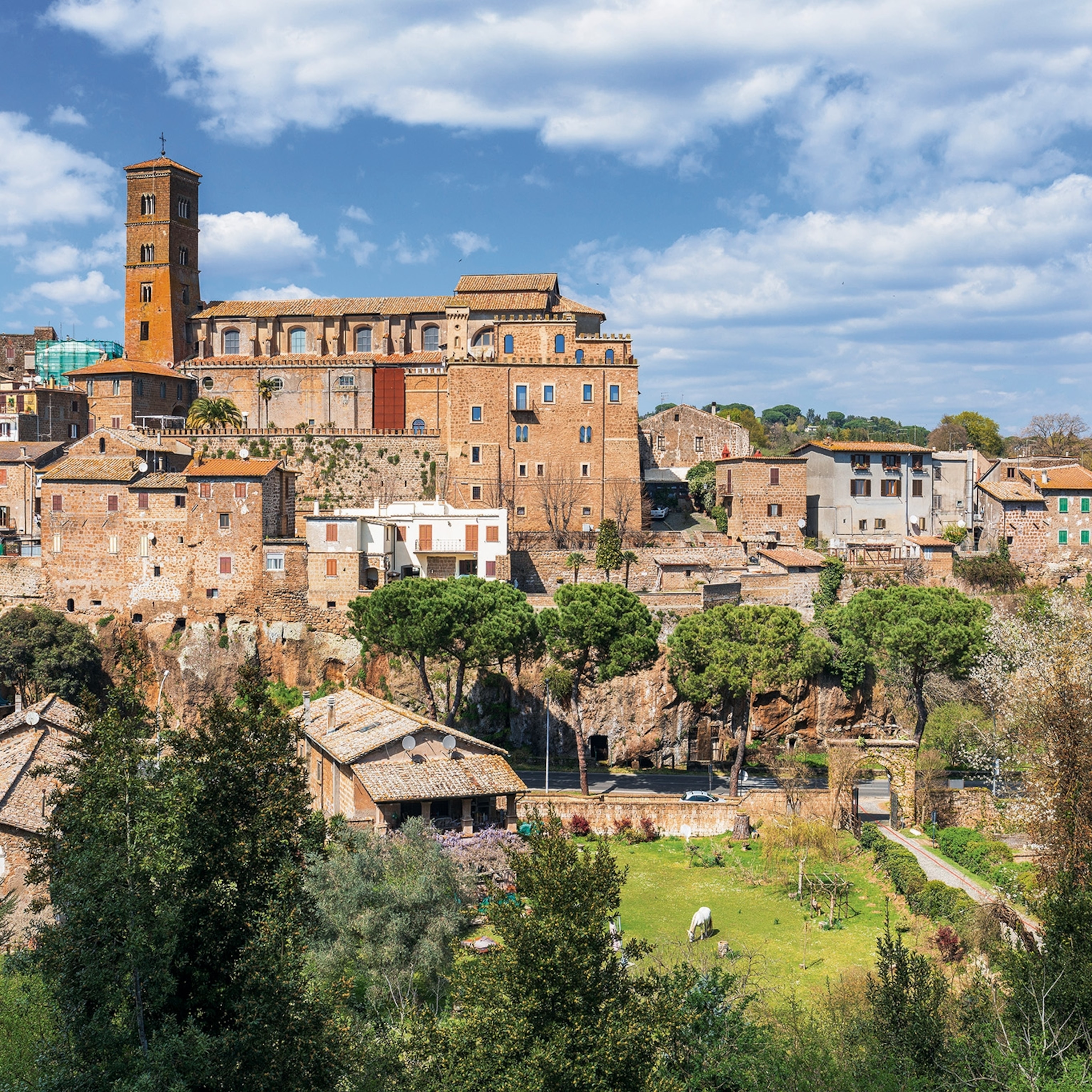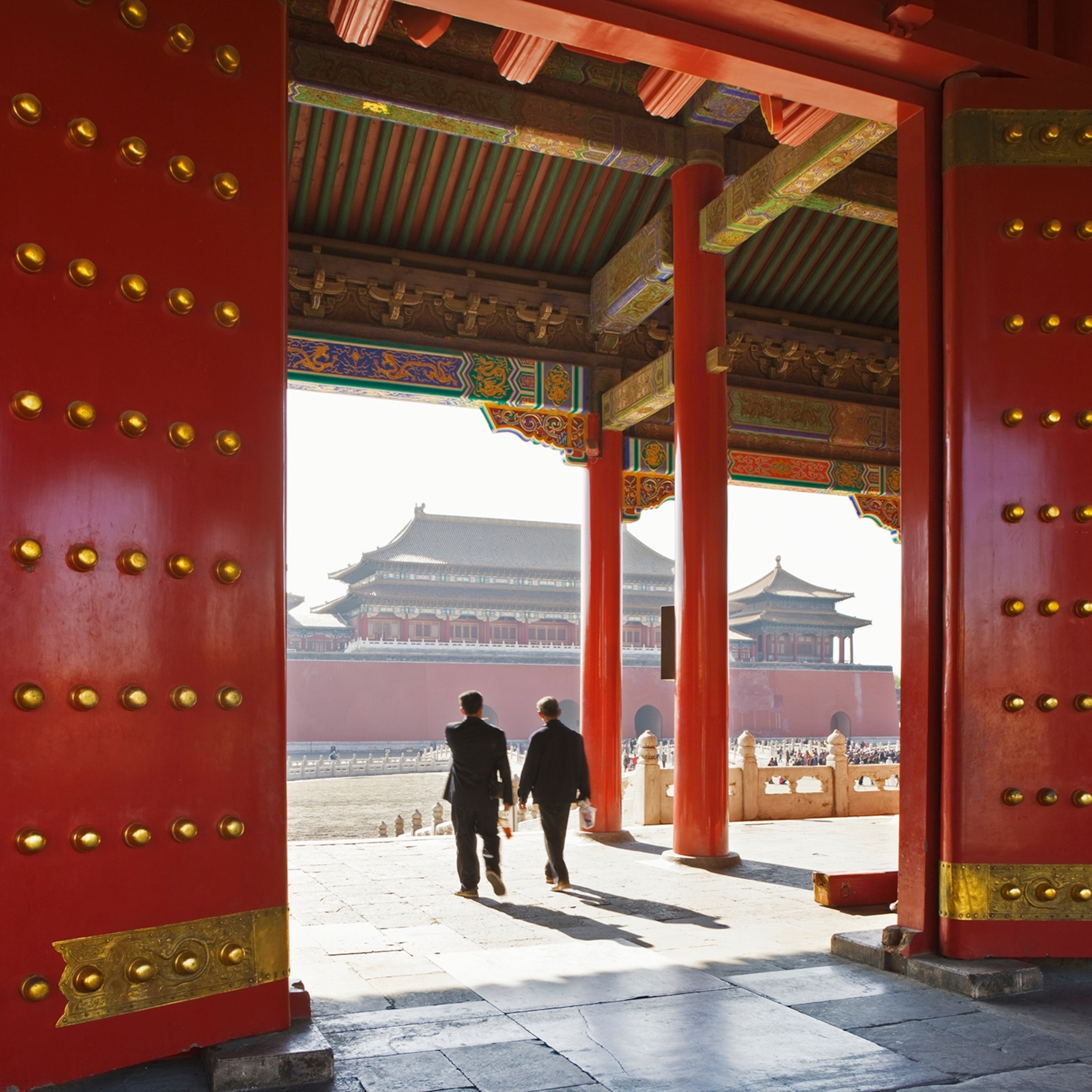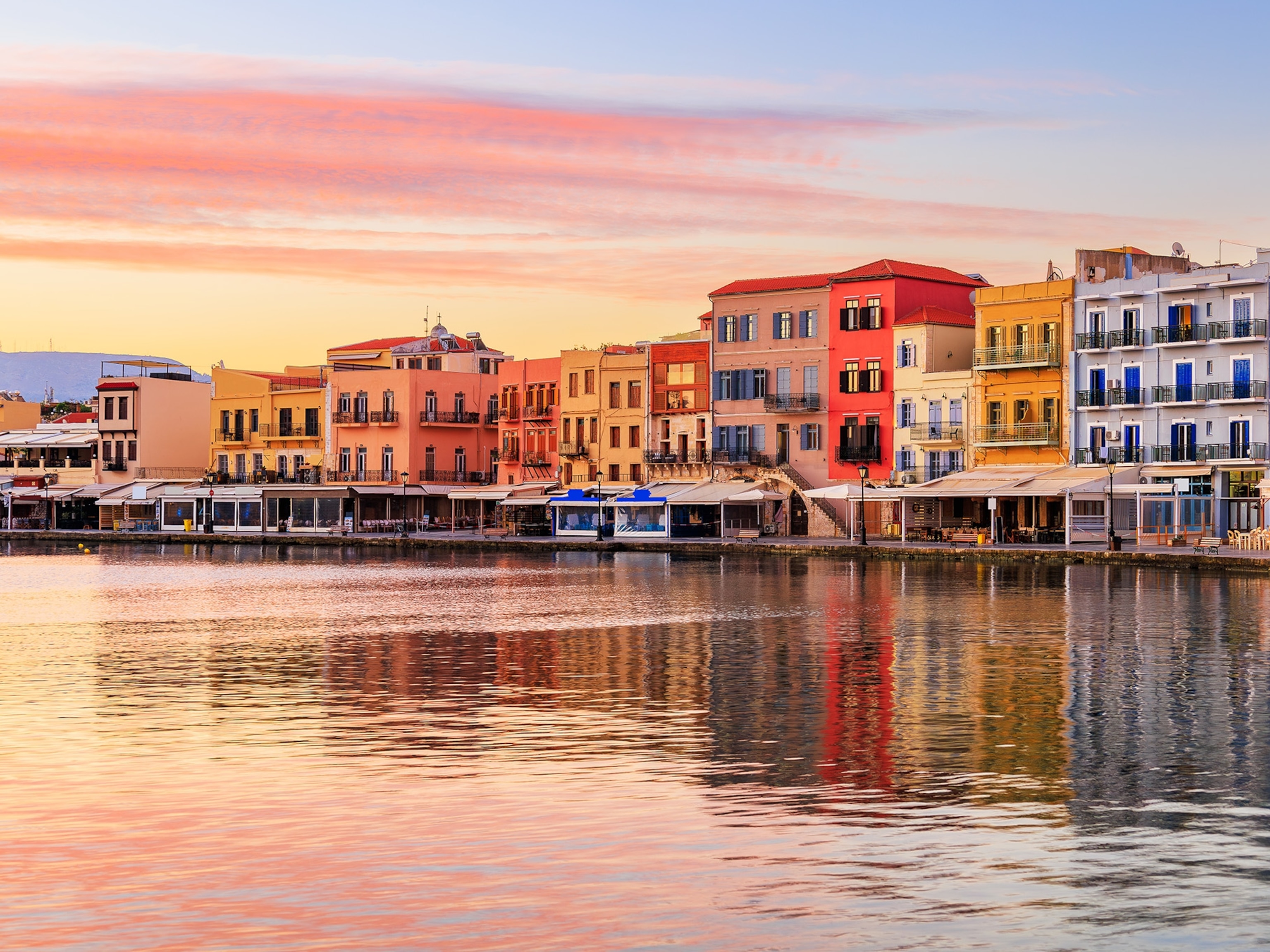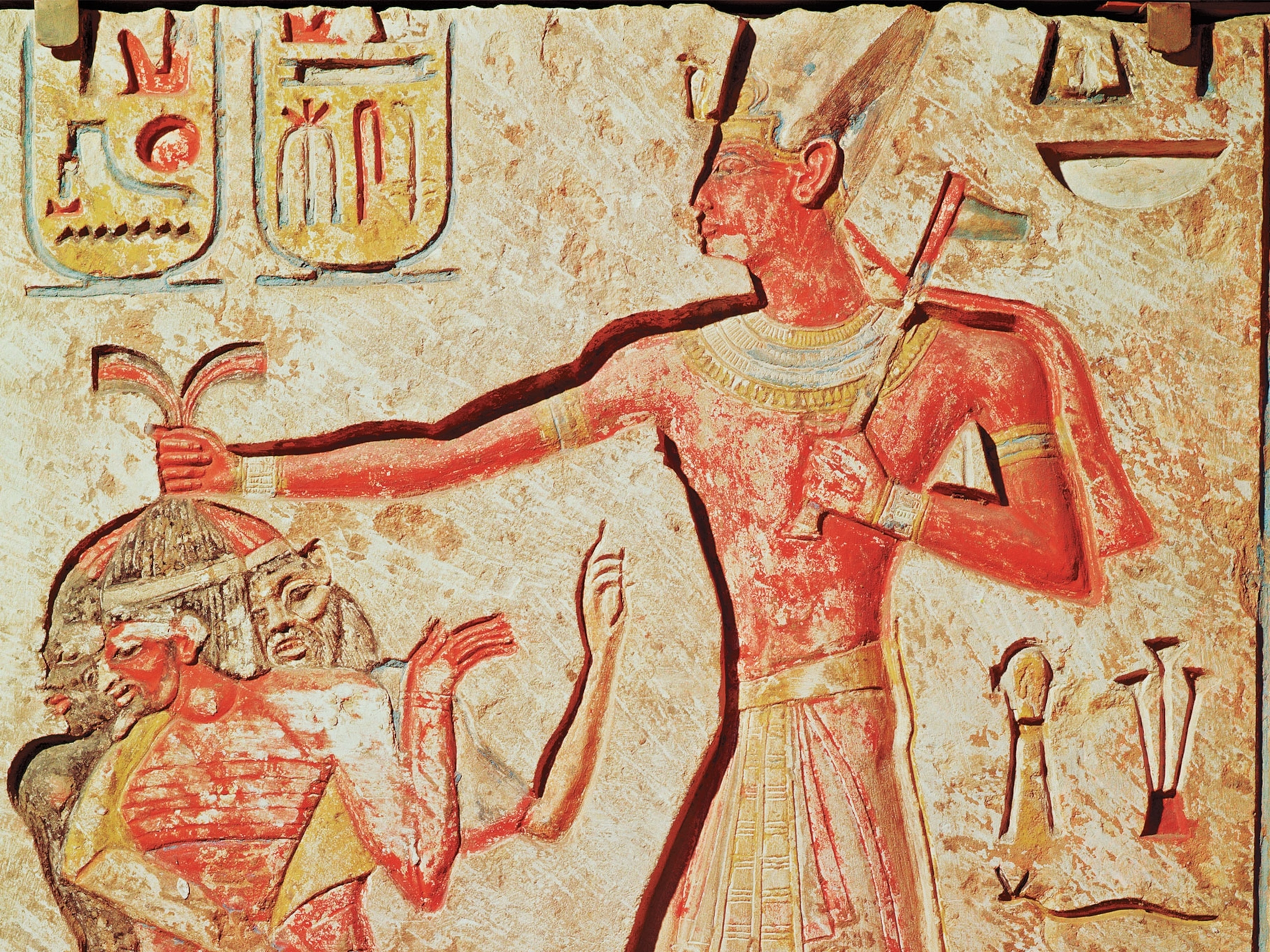Malta’s mysterious ‘fat ladies’ lure a new generation of pilgrims
A steady stream of spiritual pilgrims—mostly women—are drawn to the island’s ancient temples and its museums, home to the curvaceous prehistoric figurines seen as symbols of creation and renewal
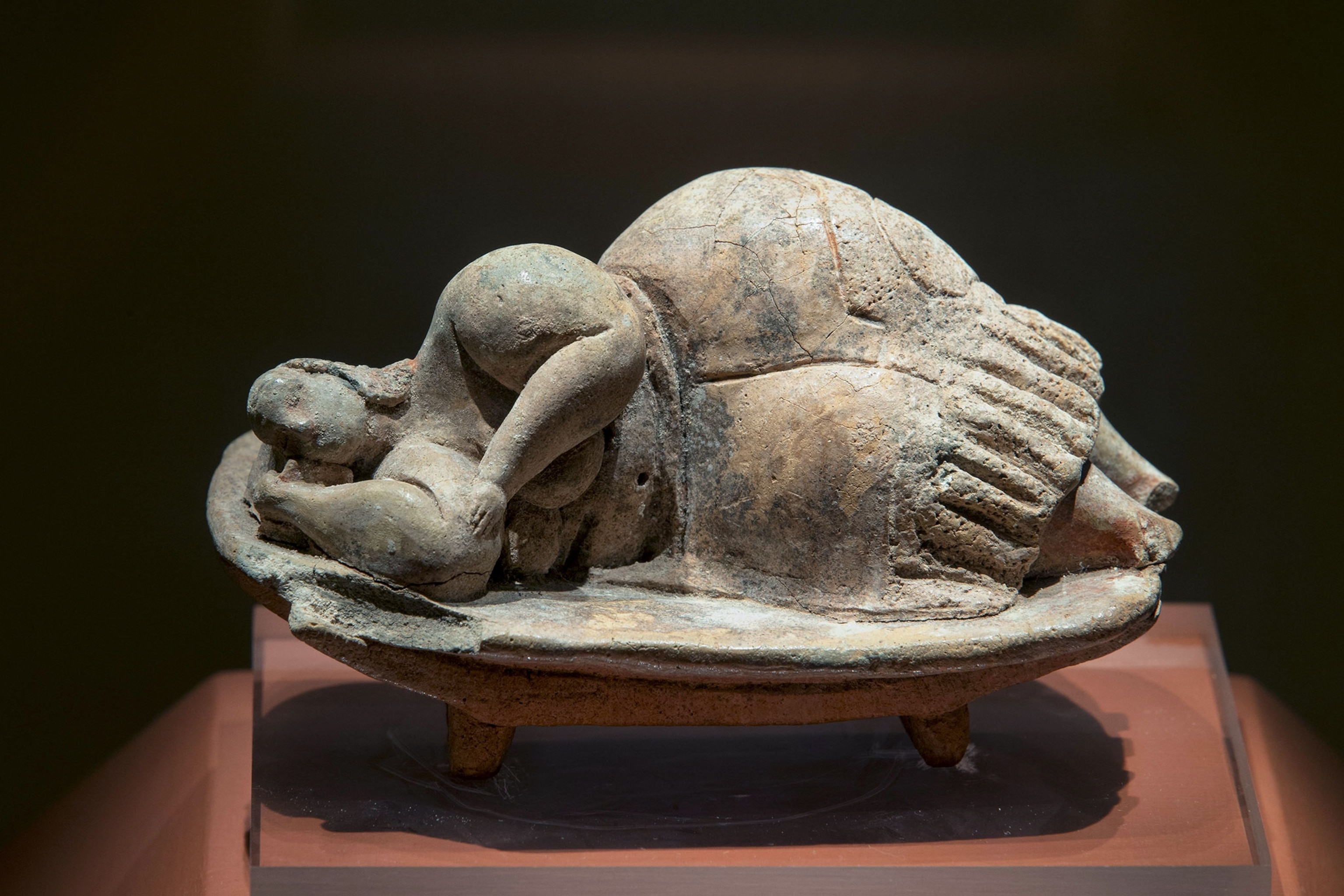
My gaze follows the spirals carved into the rock, and I feel an inexplicable pull. Within Malta’s Ħal-Tarxien temple complex, the honey-hued stones curve and breathe like living forms, each line hinting at an ancient purpose. Only gradually do I sense the depth of what this place represents—and the controversies that swirl around it.
Some believe Malta’s early Mediterranean culture honored the life-giving forces of womanhood and Earth, its rituals shaped by reverence for fertility and creation. The evidence feels compelling: altars incised with eternity-bearing spirals and plant motifs; passages aligned to the solstice sun; and corpulent clay figures rounded with hips and bellies discovered within. Yet others caution such interpretations may reveal more about modern hopes than Neolithic truths.
That tension—between faith and evidence—hasn’t dimmed the allure. More and more visitors, whether in small retreats or alone, come seeking something ancient that still hums within the stone.
(A guide to Valletta, the Maltese capital with an eye for art and entertainment)
The temples
Long before Stonehenge or the pyramids, the people of Malta carved elaborate, free-standing structures from the sun-baked stone. Across the archipelago—including at Ġgantija, Ħaġar Qim, Mnajdra, Skorba, Ta’ Ħaġrat, and Tarxien, the main temple complexes—they hauled massive stone slabs, some weighing more than 50 tons. Dating from roughly 3800 to 2400 B.C.E., Malta’s temple culture ranks among the world’s earliest examples of monumental architecture.
Step inside these temple complexes today—in various stages of preservation—and the architecture feels alive: narrow passageways open into rounded chambers where light pools and sound softens to a hush. The same pattern repeats: a central corridor branching into curved apses, like limbs from a torso—a body rendered in stone, architecture as homage to the womb.
Such organic, body-like architecture invites deeper questions: What beliefs inspired them, and whom did they honor?
“We try to be careful—there are a lot of theories,” says Franceen Galea, curator of Malta’s National Museum of Archaeology. “We’re archaeologists at the end of the day.”
Still, curiosity persists. Some scientists have long interpreted Neolithic Malta’s spiritual life as centered on a female deity. “They often called her the ‘Mother Goddess,’ connected with fertility and motherhood,” says anthropologist Kathryn Rountree, who has studied this phenomenon extensively.
The idea gained traction in the 1970s through feminist archaeologist Marija Gimbutas, whose interpretations of an old European, goddess-centered society captured imaginations—and drew scholarly pushback. “It was a movement with an agenda,” says Galea. “Women were trying to find their place in society—and wanted to show that since the Neolithic period, nothing would have happened without women.”
The debate continues, but one truth endures: women mattered here.
(For a spiritual pilgrimage, head to this tiny Scottish isle)
The Fat Ladies
In Malta’s baroque capital of Valletta, I stop by the National Museum of Archaeology to see several of the so-called “Fat Ladies,” the curvaceous figurines unearthed from Malta’s prehistoric structures that lie at the heart of the Mother Goddess debate. Some recline; others sit enthroned, their rounded forms evoking fertility and abundance. I linger before perhaps the most famous of them all, the Sleeping Lady of Ħal Saflieni. Bare to the waist and draped from the hips down in a pleated skirt, the palm-size clay figure rests as if in eternal sleep.
“The Sleeping Lady is definitely a woman,” says Galea. “Her breasts and her facial expressions make that clear.” But she urges people to use restraint; “other figures are less certain. An obese man can look like an obese woman.”
For archaeologists, such ambiguities underscore why the goddess interpretation remains speculative—enticing, but impossible to prove. Without texts or clear ritual evidence, the temples speak in symbols open to many readings. We may never know whom these stones were built to honor.
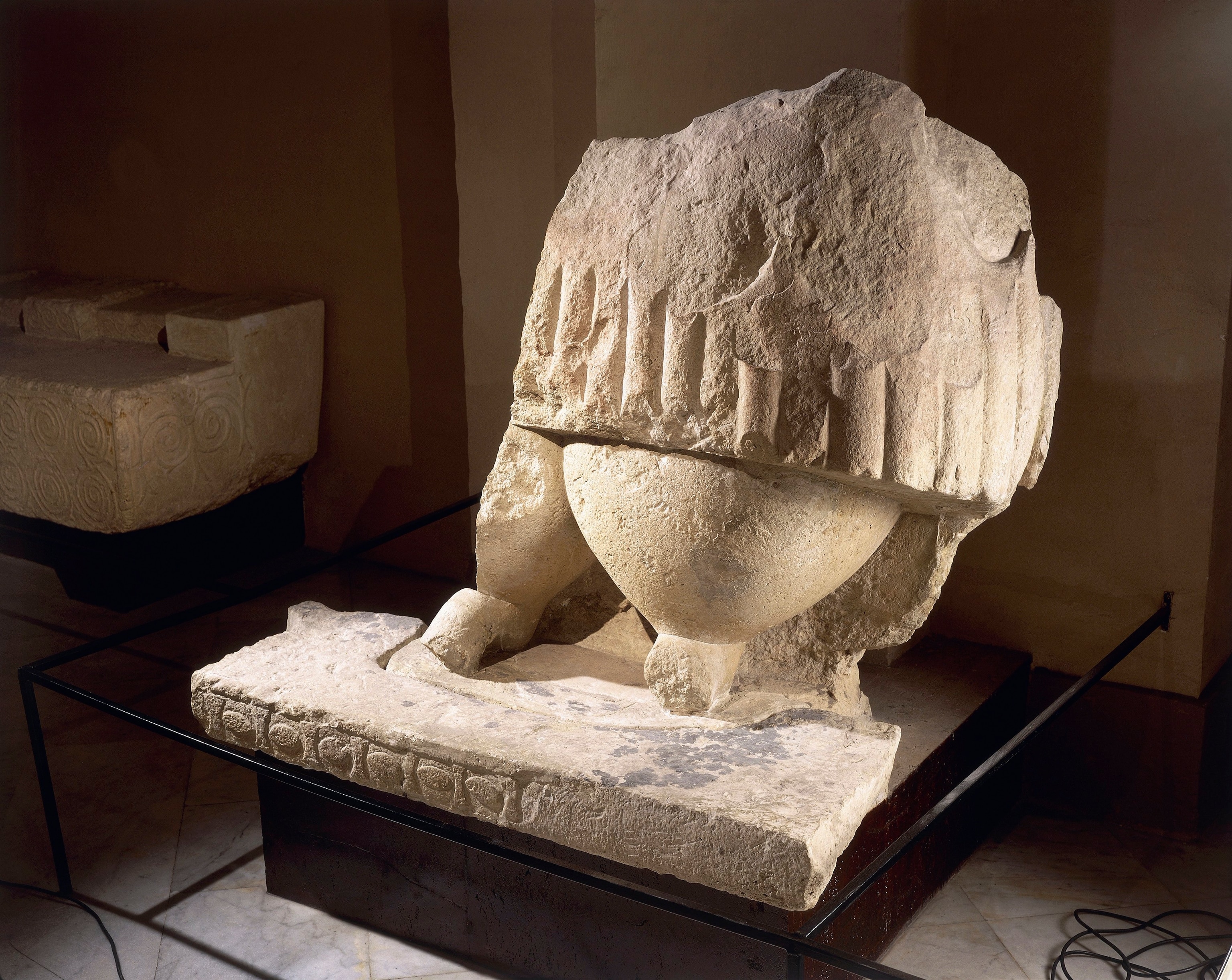
The pilgrims return
Yet the conversation hasn’t remained within academia. Across Malta’s sun-bleached plateaus and sea-washed cliffs, a quieter dialogue unfolds. A steady stream of spiritual pilgrims—mostly women—travel here to meditate, chant, or simply be still among the stones.
“Oh yes,” says Maltese historian and guide Vincent Zammit. “We often have women’s groups come to Malta. They visit the temples after closing hours, just sit quietly inside, to concentrate and contemplate.”
Kim Bellisimo, a U.S.-based energy healer who leads bespoke trips, describes the sensation that often overcomes her clients: “When you’re in Malta, you can feel the energy that’s still present here—the feminine energy, which is about relationship, connection, creation. It’s what the world is looking for right now.”
Hrönn Kold Sigurðardóttir, an Icelandic yoga teacher and spiritual adviser who recently led the “Awakening the Divine Feminine” retreat, echoes that sense of presence. “This land is embedded with immensely creative energy—feminine energy,” she says. “When we try to define it, we make it smaller. But when we’re here, we can feel it—uplifting, grounding, and nurturing.”
She recalls one recent visit to the Hypogeum, a three-story underground necropolis and temple. “In one chamber, our guide invited us to sing, she says. "We made a single joined ohm—and every time I speak about it, I get goosebumps. The sound vibrated through our bones. It felt like the universe breathing.”
Skeptics might call this projection, but even doubt feels quiet here.
Rountree noted that many women describe such feelings as “coming home.” “Home is where you feel comfortable, relaxed, safe, loved. It’s where you belong,” she says.
Jennifer Berezan, who has led over 20 pilgrimages to Malta, adds that many who come feel alienated from religion: “Many mainstream religions have become unworkable for people, because of their patriarchal structures and worldviews, the de-sacralizing of the earth, and the oppression of women and queer people,” she says.
There is also great interest in the fact that the Neolithic of Malta probably lived in peace, free from war—no evidence of warfare has been found. “Activists, artists, and spiritual seekers come to Malta to be immersed in that reality and find wisdom and inspiration for our times,” Berezan adds.
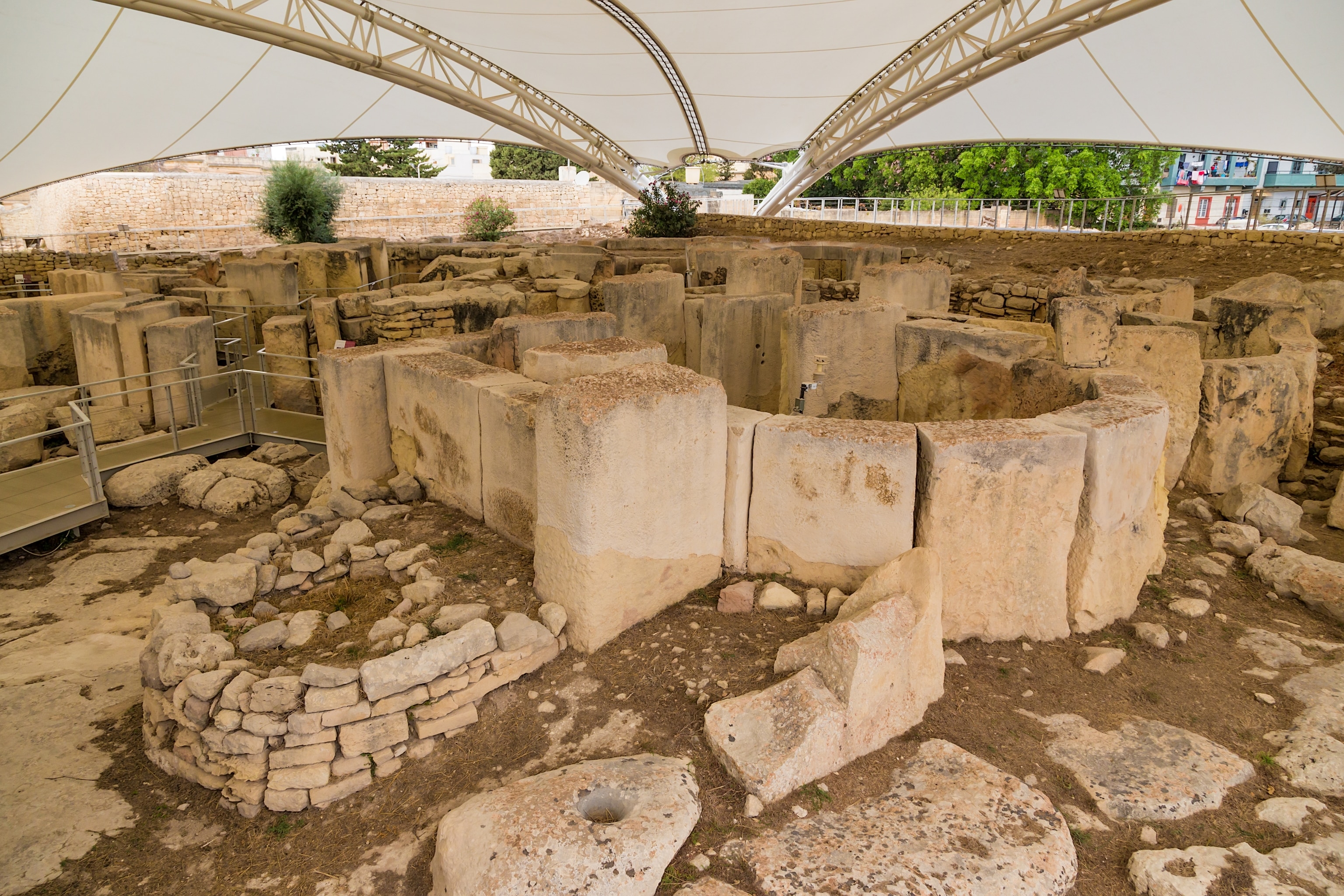
From Goddess to Madonna
The search for the sacred, however, doesn’t end in the Neolithic past. When Christianity replaced prehistoric faiths, the impulse to honor the feminine divine may not have vanished—it simply transformed. Centuries later, the Virgin Mary—Santa Marija Assunta—emerged as Catholic Malta’s maternal protector; hundreds of churches are devoted to her, including Ta' Pinu National Shrine in Gozo, the Basilica of Our Lady of Mount Carmel in Valletta, and the Stella Maris Parish Church in Sliema. Today, during Malta’s exuberant Marian festivals, fireworks, and processions echo ancient communal rites—devotion reborn in a different form. Some cultural historians note parallels between Marian veneration and the compassion and life-giving power reflected in Neolithic imagery.
“Whether in prehistoric temples or Catholic cathedrals, Malta’s devotion to the feminine endures to this day," observes Zammit.
(How to spend a day in Valletta, Malta's baroque, harbourside city)
The spirals
In the end, whether these ancient structures once honored a goddess may matter less than what they awaken within us. Standing before those carved spirals at Tarxien, I recall the words of Jennifer Berezan: “The spirals express the sacred mysteries of birth, death, and regeneration. The cycles that characterize all of life.”
I don’t think about lost matriarchies or ancient myths, but about the human need to celebrate life—creation, renewal, care—spiraling forward in ever-changing forms through time.
